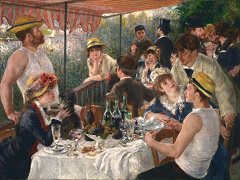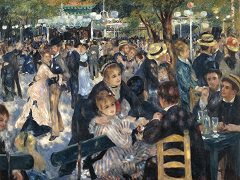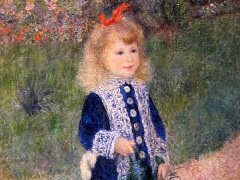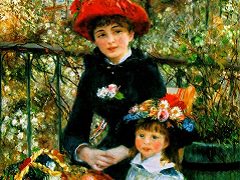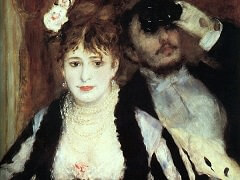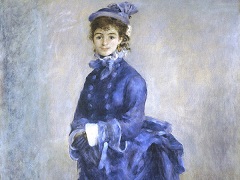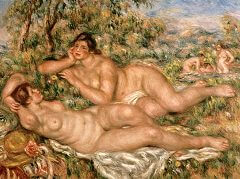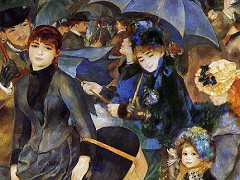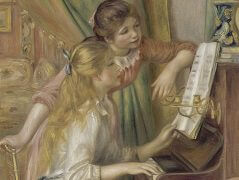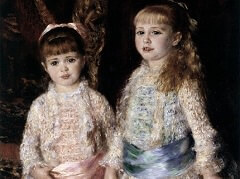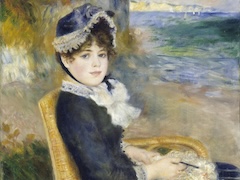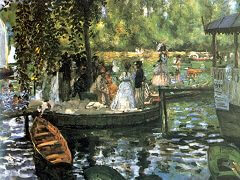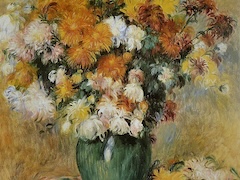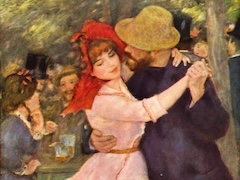After the Bath - by Pierre-Auguste Renoir
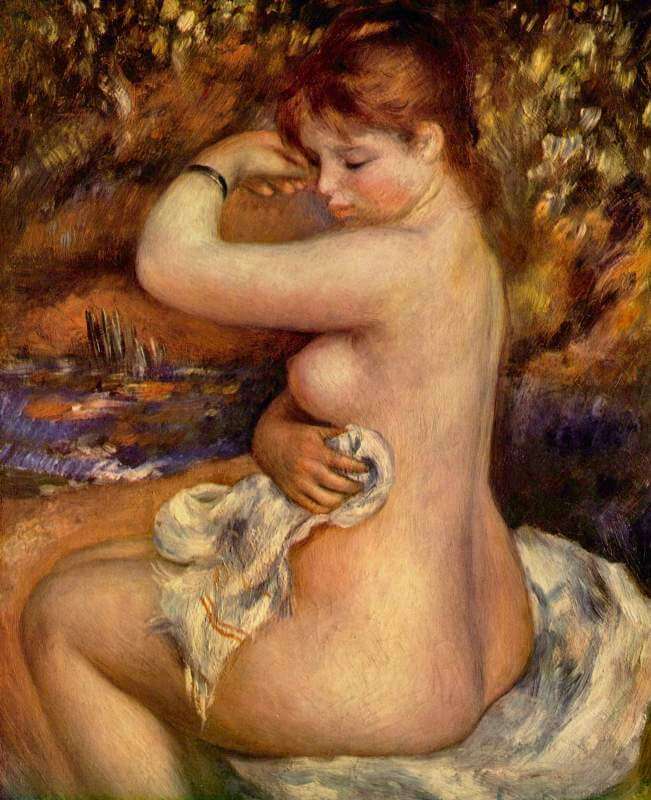
Above everything else, Renoir is supreme in the history of art as a painter of the female nude. Some critics reproached him, not for prurience but rather for a certain "unseriousness" that led him to spend so much time painting nudes. Always he had the same answer, perhaps best summed up in some remarks he made to Vollard when they were talking about Boucher.
"I have been told many times that I ought not to like Boucher, because he is 'only a decorator.' As if being a decorator made any difference! Why, Boucher is one of the painters who best understood the female body. What fresh, youthful buttocks he painted, with the most enchanting little dimples! It's odd that people are never willing to give a man credit for what he can do. They say: like Titian better than Boucher' Good Lord, so do I! But that has nothing to do with the fact that Boucher painted lovely women superbly. A painter who has the feel for breasts and buttocks is saved!"
Renoir himself achieved not mere decoration, but, in the ancient sense of the word, "celebration"; and what he celebrated was the glory and wonder of the female form. To Renoir, as to William Blake, "the nakedness of woman is the work of God." He could never comprehend people who thought his painting frivolous, because for him it was almost an act of worship - a direct and reverent response to what he considered the supreme expression of nature.
It was his subject throughout the whole of his long life. In this example, from the end of the "sour period," Renoir foreshadows his later sculpturesque, monumental style; there is a new warmth that springs from fullness of color, a softening of edges, enrichment of textures, and a full development of forms. But more important than the changes of style is the uniformity of his vision: there is no hint of a personal relationship between model and painter. There is only wonder, unselfconscious and admiring.

